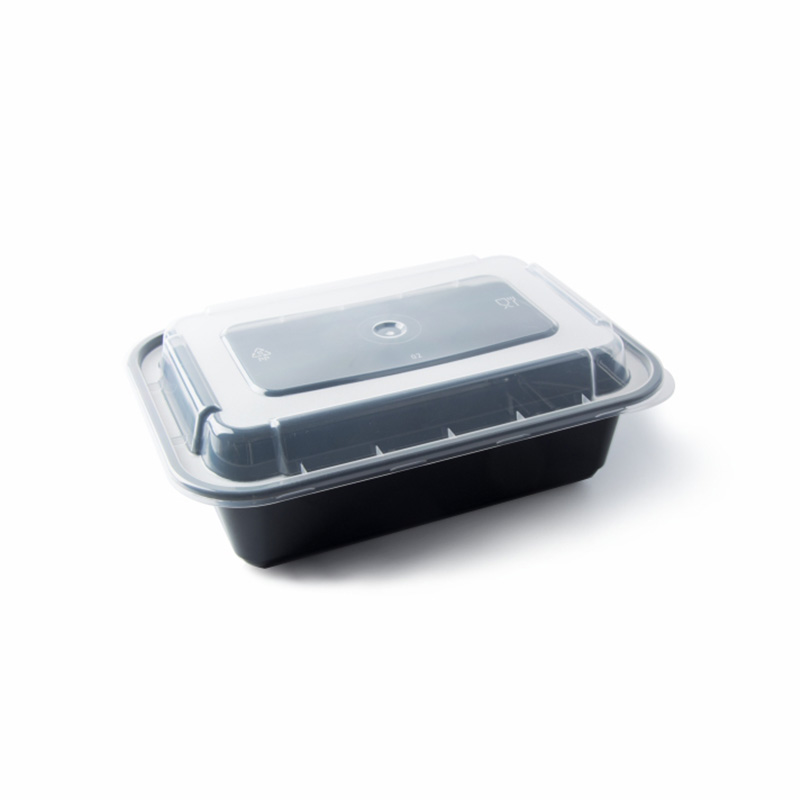
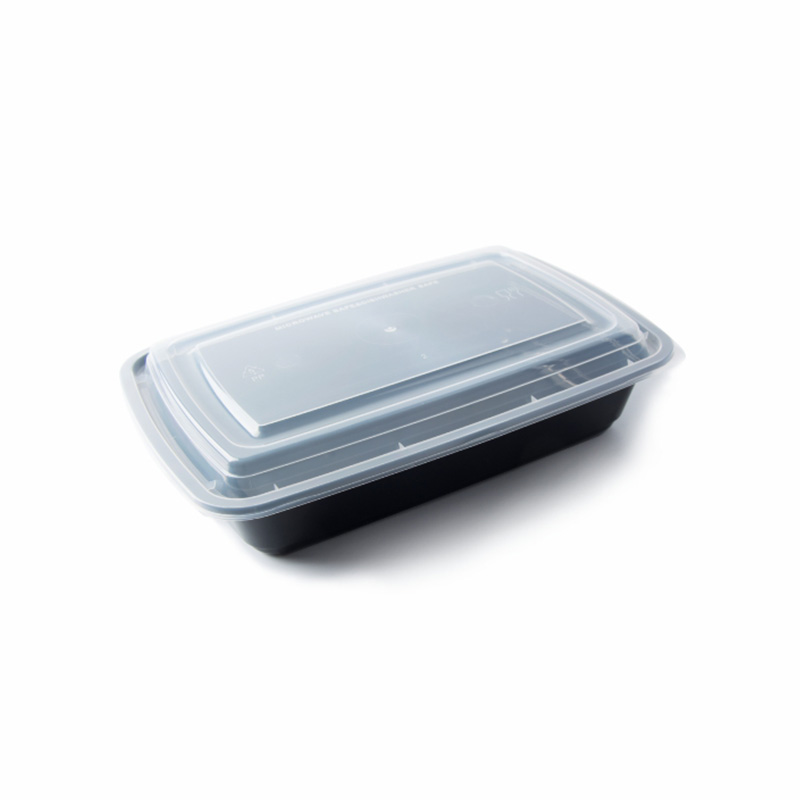
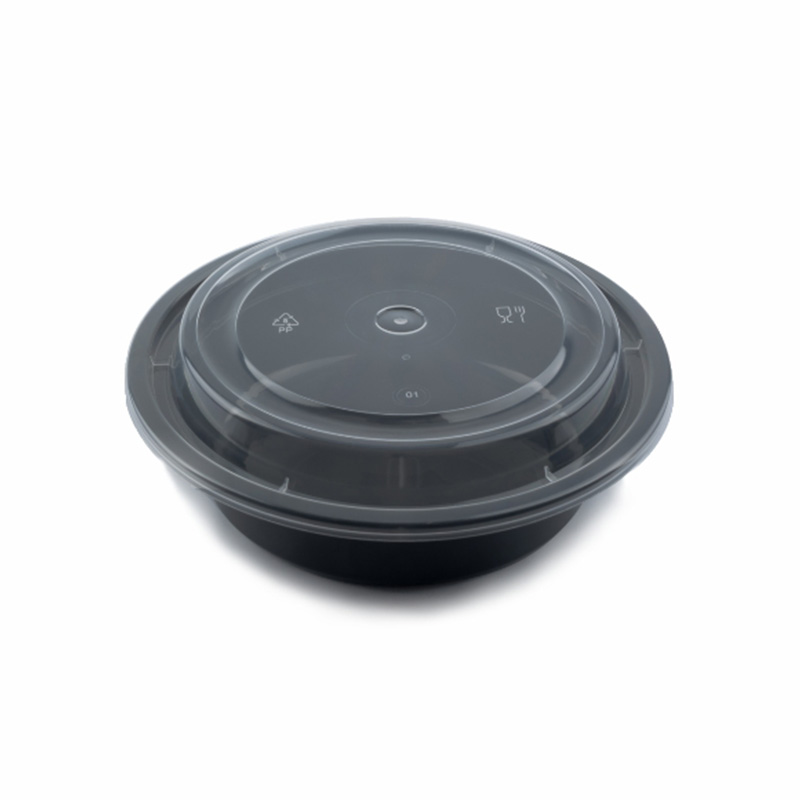
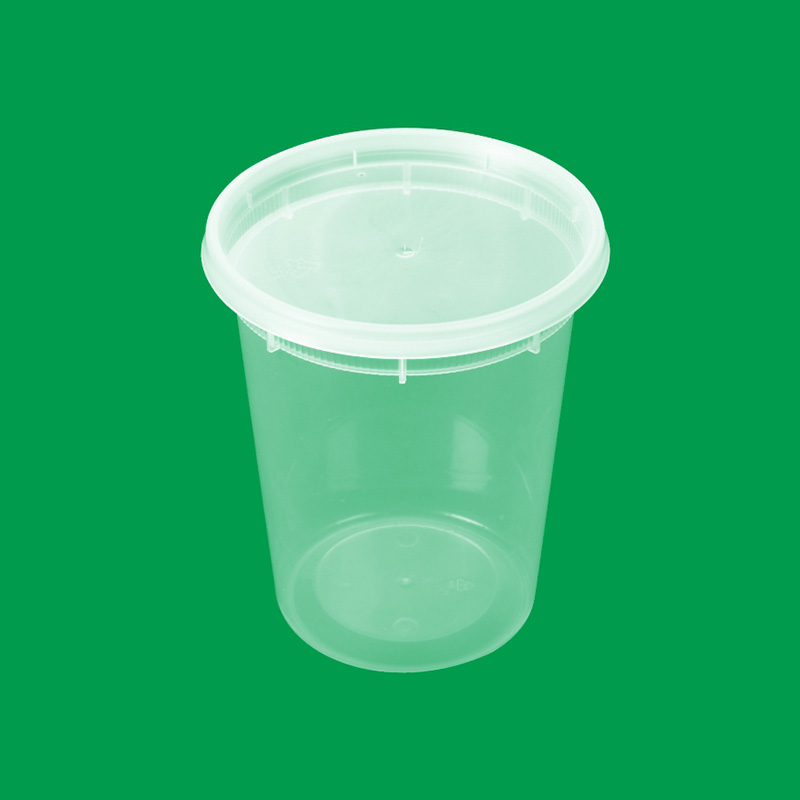
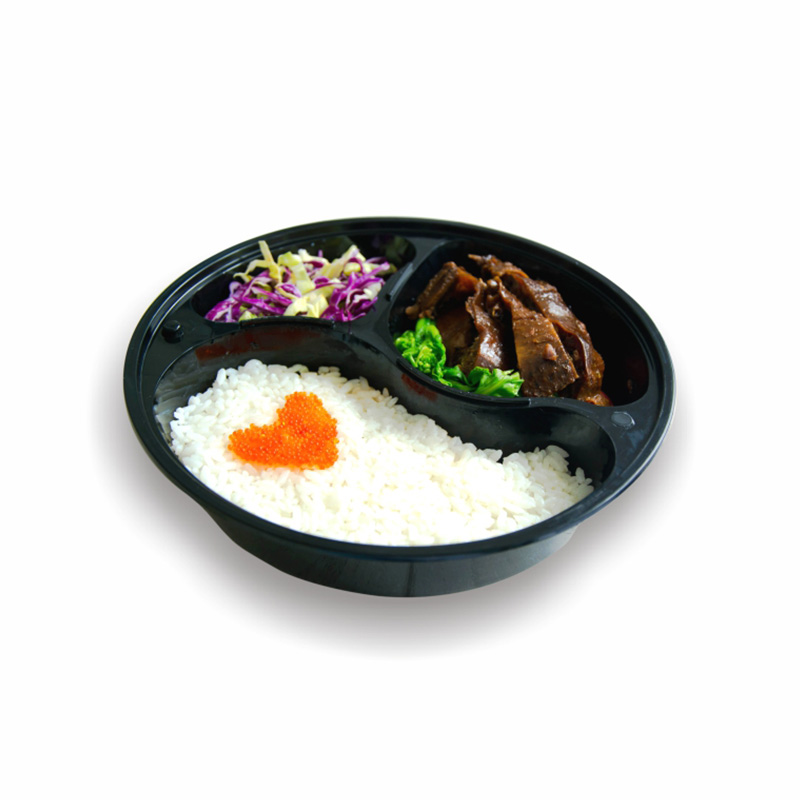
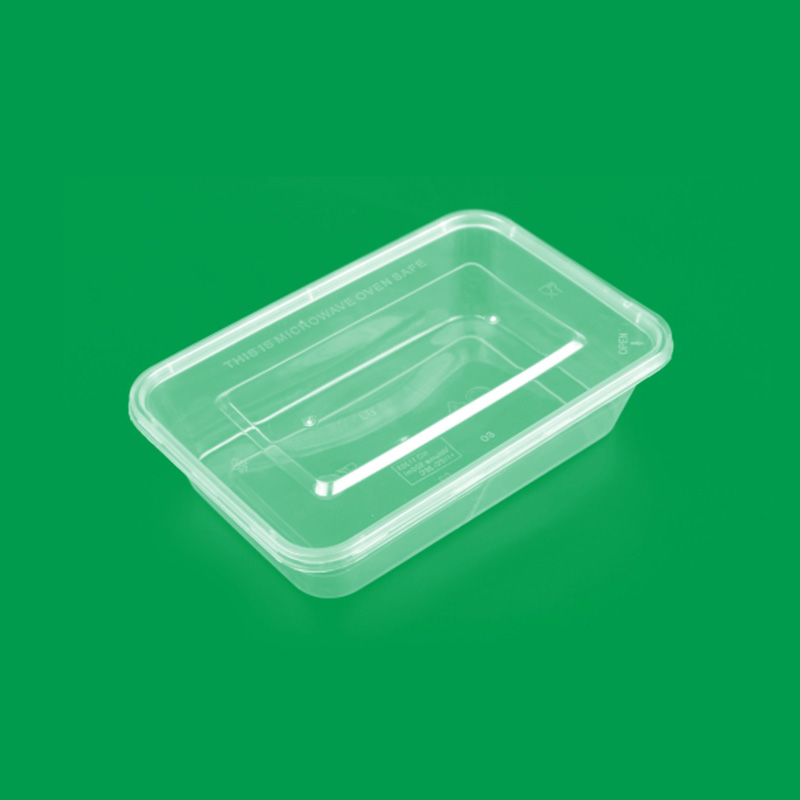
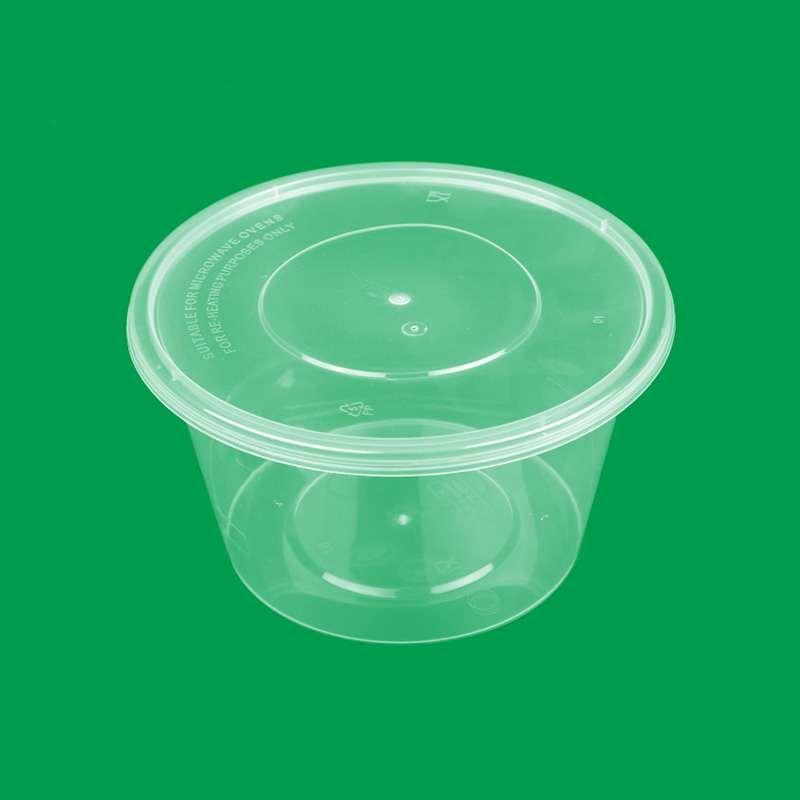

Changya New Material Technology Co., Ltd. was founded in 2013, and the group is headquartered in Ningbo, China. It is a limited liability company integrating R&D, production and sales. As China Disposable Plastic Containers Manufacturers and Disposable Plastic Lids Factory, the company mainly produces paper PLA & Plastic disposable tableware, such as straw, cutlery, microwaveable box, hinged box, cup, carry out bag, plate, dinning kit, etc.
Changya New Material Technology Co., Ltd. has developed rapidly since its establishment, with a growth rate of over 30% each year, and has now become an enterprise in the field of high-quality disposable food and kitchen supplies in China. Changya products are mainly sold in the international market, and more than 90% of the products are exported to many regions such as Europe, the United States, and Australia. Changya adopts strict quality control standards for its products and has won a variety of international certifications, including BRC, GMP NSF, ISO 22000, and GMP, and it has passed LFGB, FDA, and other food safety tests. At the same time, it is a member of the international human rights organizations BSCI and Sedex. It has wide recognition and a good reputation in the international market.

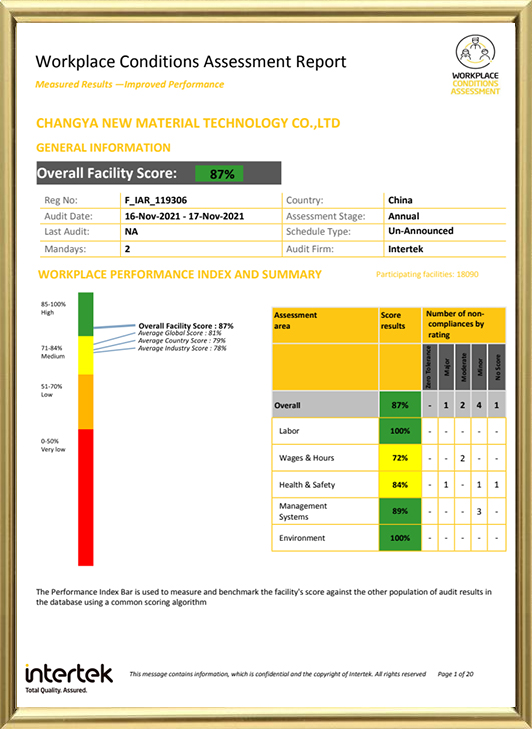
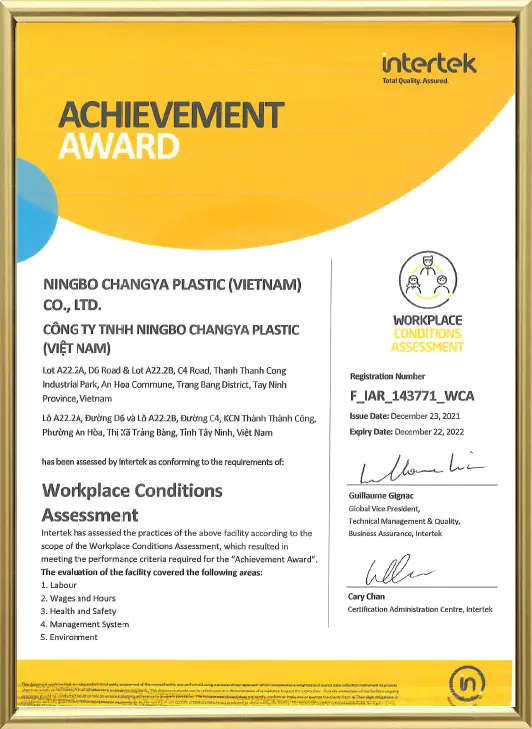
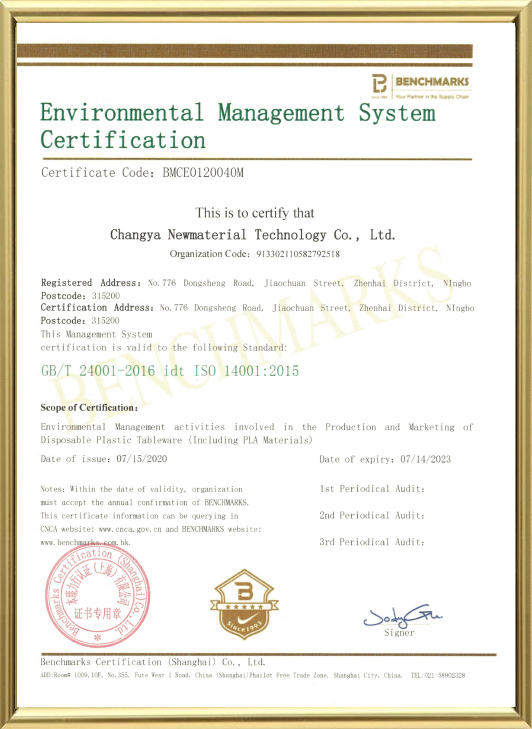
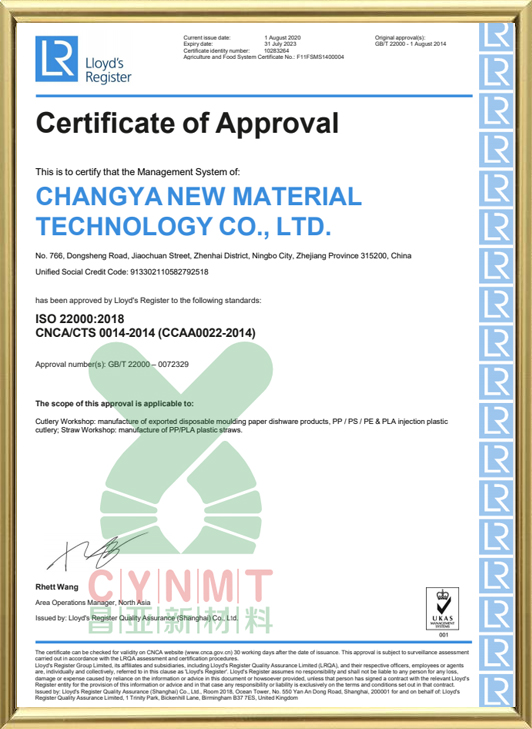

Disposable microwaveable containers are widely used in the US fast food, takeout...
View MoreDisposable microwaveable containers are widely used in the US foodservice and de...
View MoreWooden cutlery has gained significant popularity in recent years due to its eco-...
View MoreDisposable wooden cutlery has gained popularity due to its environmentally frien...
View MoreDisposable Euro microwaveable containers are widely used across various sectors ...
View MoreAs the food industry continues to evolve and consumers place more emphasis on co...
View MoreDisposable plastic food containers have become an indispensable part of our modern lives, from grabbing takeout to packing a lunch for work. Their widespread popularity stems from their incredible convenience, hygiene, and cost-effectiveness, making them a go-to solution for both businesses and individuals. Whether you're a restaurant owner needing a reliable way to package to-go orders or a home cook looking to simplify meal prep, these containers offer a practical and efficient way to store, transport, and serve a wide variety of foods.
When choosing a disposable container, the type you select largely depends on its intended use. Each design is optimized for specific food applications.
When it comes to disposable food containers, the material they're made from is crucial for both functionality and safety. Two of the most common types of plastic used for this purpose are PET and PP. Understanding their differences is key to making the right choice.
Types of Plastics Used
Parameter Comparison: PET vs. PP
| Feature | PET (Polyethylene Terephthalate) | PP (Polypropylene) |
|---|---|---|
| Recycling Code | 1 | 5 |
| Clarity | High (Clear) | Low (Slightly Cloudy) |
| Heat Resistance | Poor (Melts with heat) | High (Microwave-safe) |
| Durability | Rigid and shatterproof | Flexible and durable |
| Common Use | Cold or room-temp foods, drinks | Hot foods, microwavable meals |
BPA-Free Options
Bisphenol A (BPA) is a chemical that has been used to make certain plastics and resins. Concerns have been raised about its potential to disrupt hormones, especially when it leaches into food from a container. This leaching can be accelerated by heat, making it a particular concern for containers used in microwaves.
Choosing BPA-free containers is important because they eliminate the risk of this chemical transferring to your food. Many food-grade plastics, including PET and PP, are naturally BPA-free. By opting for products specifically labeled as such, you ensure a safer choice for both businesses and consumers.
Disposable plastic food containers offer a range of advantages for both businesses and consumers, making them a popular choice for food service and home use. Their key benefits revolve around convenience, hygiene, cost-effectiveness, and versatility.
Convenience
The primary appeal of these containers is their convenience. They eliminate the need for washing dishes, saving a significant amount of time and effort for both individuals and busy food service operations. For consumers, this means easy cleanup after a meal, while for restaurants and caterers, it translates to reduced labor costs and faster service. Their lightweight and stackable design also makes them easy to transport and store, streamlining operations.
Hygiene
Disposable containers are a crucial tool for maintaining food safety and hygiene. Because they are used only once and then discarded, they drastically reduce the risk of cross-contamination and the spread of foodborne illnesses. Unlike reusable containers, which can harbor bacteria if not cleaned properly, a new, single-use container provides a sanitary and untainted vessel for every serving. This is particularly important for takeout and delivery services, where food undergoes multiple stages of handling.
Cost-Effectiveness
For many businesses, disposable plastic containers are a more economical choice compared to reusable alternatives. The initial purchase cost is generally low, and they eliminate expenses associated with washing, sanitizing, and storing reusable dishware, such as water and energy consumption, cleaning supplies, and labor. While a recurring expense, their low unit cost and the operational savings they provide make them a practical option for managing a budget.
Versatility
The wide variety of disposable plastic containers available makes them incredibly versatile. They come in different sizes, shapes, and designs to accommodate almost any type of food. Whether you need a leak-proof container for soup, a multi-compartment tray for a full meal, or a clear clamshell for a salad, there's a disposable option for the job. Many are also designed to be resistant to different temperatures, making them suitable for both hot and cold food storage.
As awareness of environmental impact grows, so does the demand for sustainable food packaging solutions. While traditional disposable plastic containers are convenient, a number of alternatives are gaining popularity.
Biodegradable and Compostable Containers
These containers are designed to break down naturally, reducing their long-term impact on landfills. Compostable containers, in particular, are made from plant-based materials and are certified to decompose into nutrient-rich soil under specific conditions, typically in an industrial composting facility. Biodegradable containers are also designed to break down, but the process and the time it takes can vary greatly, and they may not produce a beneficial end product. Choosing these alternatives is an effective way to minimize waste and support a more circular economy.
Recyclable Plastics
For many, the most accessible eco-friendly option is to choose plastic containers made from recyclable materials like PET (#1) and PP (#5). Proper recycling ensures that these materials are re-processed into new products, diverting them from landfills. The key is to correctly dispose of them in a recycling bin, often after a quick rinse to remove food residue. This process is highly dependent on local recycling infrastructure and consumer habits, but it offers a vital path toward waste reduction.
Reusable Plastic Containers
A durable, high-quality plastic container can be used multiple times, drastically reducing the waste generated per use. While they require an initial investment and energy for washing, their total environmental impact over their lifespan can be significantly lower than single-use options, especially for frequent use. These containers are a great choice for meal prepping and everyday food storage, offering a long-term solution that balances convenience with sustainability.
Selecting the right container involves considering several factors to ensure food safety, quality, and a positive user experience.
Size and Shape
The dimensions of the container should be matched to the food it will hold. Using an oversized container can make a portion look sparse and unappealing, while an undersized one can crush delicate food or lead to leaks.
Lid Design
The lid is crucial for maintaining freshness and preventing spills.
Durability
The container's material and thickness determine its durability. For items that will be handled frequently, transported, or contain heavy food, a more rigid material like PP is a good choice. A flimsy container can crack, leading to spills and wasted food.
Temperature Resistance
Consider whether the food will be served hot, cold, or if it needs to be reheated.
Proper use and disposal of disposable plastic containers are essential for maximizing their benefits while minimizing environmental impact. Following these guidelines can help ensure your food stays safe and you handle the containers responsibly.
A secure, leak-proof seal is critical to prevent spills and keep food fresh.
Using plastic containers correctly is key to keeping food fresh and safe to eat.
Recycling helps reduce waste and conserve resources, but it requires careful attention to detail.
When a container can no longer be used or recycled, proper disposal is the final step.